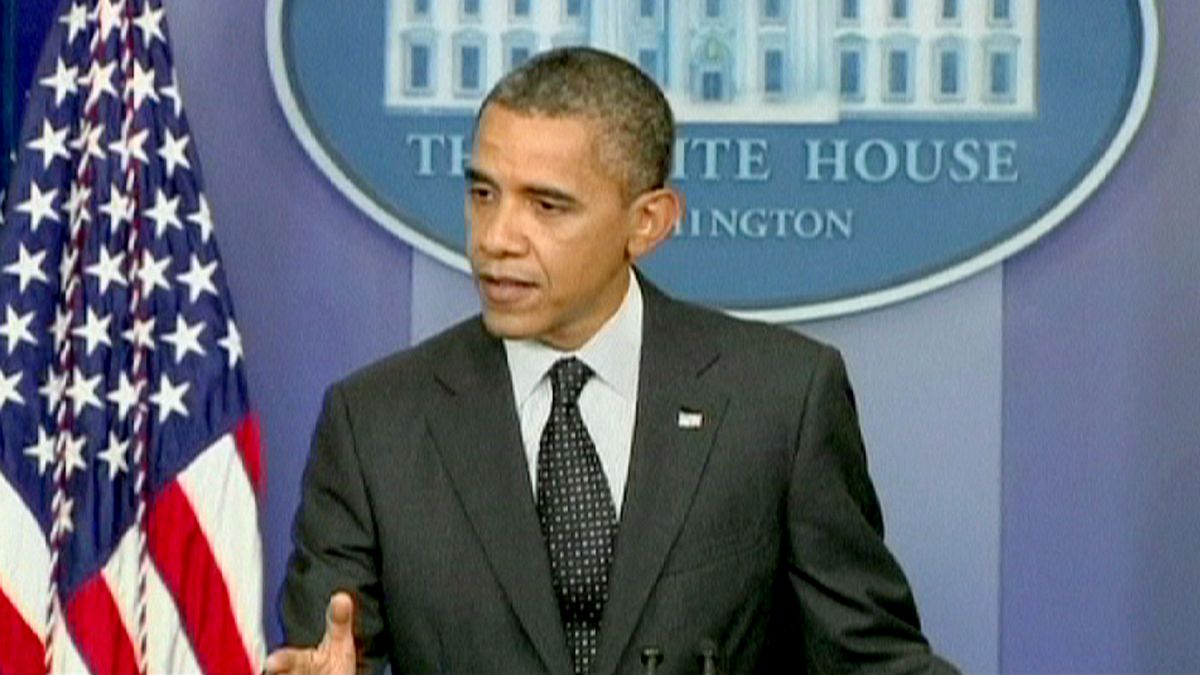US Midterms
Come 2014, Americans will switch into campaign mode again. The Congressional mid-term elections on November 4 have the potential of dramatically shaking up the political landscape for the next two years, thus determining the agenda and the legacy of the one man whose name is not on the ballot, but whose political credit is fully on the line: US President Barack Obama.
Obama, who cannot get re-elected in 2016, will be half-way through his second and last term next November. Americans have an appropriate description for their commander-in-chief being in that situation: lame duck president. Obama’s two-term predecessors Ronald Reagan, Bill Clinton, and George W. Bush have all found out that the final two years in office can turn into an agonising experience, as their ability to get things done eroded steadily.
Whether or not Obama will go through the same constitutionally-created political ordeal is too early to tell yet. But given the state of dysfunction that Congress, the legislative branch of the federal government, is in, chances are that Obama will be no exception – and it might easily be worse for the White House.
It all depends on the outcome of the November elections, when the entire House of Representatives and one third of the Senate will be up for election. If Obama’s Democratic Party manages to keep control of the Senate and even gain some House seats (a Democratic House majority seems out of reach today), it may not look too bad for the president’s agenda.
If, on the other hand, the Republicans recapture the Senate and keep their majority in the House, Obama’s days as a relevant political player in Washington will definitely be numbered. Against a solid Republican opposition in both chambers, populated by many Tea Party right-wingers who hate Obama and whose only pleasure in life seems to be to destroy his political agenda, the president might as well play golf every day. Many of Obama’s legislative ambitions are an anathema to conservatives: the health care law that Republicans keep trying to sabotage, a higher minimum wage, the extension of unemployment benefits, gay marriage, immigration reform, tougher gun control, to name but a few.
Here’s what is at stake: in 2014, all 435 House seats and 35 out of 100 Senate seats are up for election. Of those 35 Senate seats, 20 are currently held by Democrats and 13 by Republicans. Additionally, two special elections will take place to fill vacancies that occurred during the outgoing 113th Congress (Hawaii and South Carolina).
What seems to be a disadvantage for the Democrats and Obama is that among the five popular Democratic senators who have announced they will not be running for re-election, three are from so-called “red states”, conservative states that Obama lost in 2012: Jay Rockefeller (West Virginia), Max Baucus (Montana) and Tim Johnson (South Dakota). The remaining two, Carl Levin and Tom Harkin, come from “blue states”, more friendly to Democrats, but party victories here are not assured: Michigan and Iowa.
In addition, several other Democratic senators, having to defend their seats in red states, will have to deal with the fallout from the disastrous roll-out of “Obamacare”, the controversial health care law. The leadership of the Republican Party has already announced that their candidates will vigorously attack Democratic incumbents like Senators Kay Hagan (North Carolina), Mark Begich (Alaska), Mark Pryor (Arkansas) and Mary Landrieu (Louisiana) for being too close to Obama. Whether that will be a recipe for success remains to be seen.
On the other hand, there are only a few real openings for Democratic Senate candidates in red states running against Republican incumbents. In Georgia and Kentucky, Democrats have recruited strong candidates with considerable fund-raising abilities, but Democratic victories here are still considered long shots. Taken all together, Republicans need six net gains to become the Senate majority party again for the first time since 2006. It may be tough to achieve, but not totally unrealistic.
The election to the House of Representatives tells a different story. Here the Republicans hold a 232 to 201 majority with two seats being vacant. According to political analysts, only 29 seats are considered truly competitive, which means they could be taken by either party. The Democrats need a net gain of 17 seats to become the majority party again. They lost that status in 2010 in a historic Tea Party landslide, and President Obama is still paying the political price for that “schellacking”.
The general consensus among pundits in Washington is that the Republicans will keep their House majority, which almost certainly will solidify the partisan gridlock in Washington. But who knows? Americans have a penchant for surprise – and the current Congress is suffering the lowest approval ratings ever in US history and among all public institutions…

